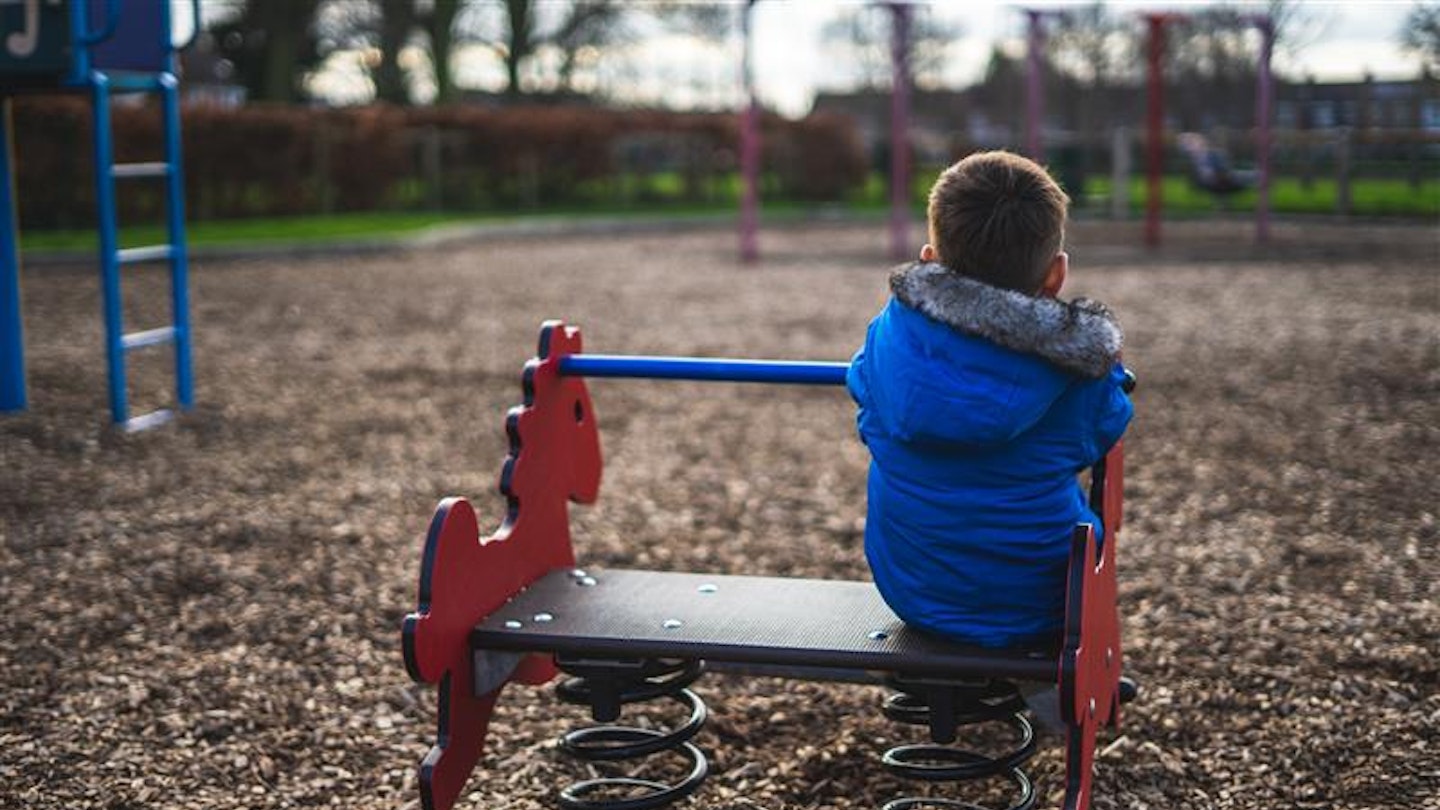It’s normal for children to have conflict with friends and learning how to manage this is an incredible life skill. Bullying, on the other hand, is potentially very harmful, particularly if it is persistent, so it’s important to understand the difference between regular arguments, teasing and bullying.
Bullying means there is a power imbalance and it is intended to harm emotionally or physically. Children who are being bullied will each respond differently of course, but some common warning signs include sudden school avoidance, belongings going missing, or being withdrawn or tearful without an obvious trigger. So what should you do if you think your child is being bullied?
Some children will share their worries with you, others may not. One way of increasing the chances of your child spontaneously coming forward and telling you that they are being bullied, is to habitually talk about difficult feelings and experiences in your family – that way you are giving a strong message that it’s a good idea to bring worries home, whatever they might be. Even so, children might struggle to start a hard conversation (like sharing that they are being bullied) so you may have to make the first move.
Choose your time carefully. One of the most important parenting skills is being responsive to your child. The capacity to watch, consider and then respond is still relevant for children all the way through to their young adulthood. So read their signals – if they look wound up or tearful, don’t shy away because they will need you close by, but remember the best conversations happen when they are calm and settled so wait until the emotions have settled.
One key starting tip is to talk about the idea of sharing a worry so you can telegraph it’s a safe thing to do. Begin by asking who they might tell at home and at school if they had a big worry. Ask how they would share that hypothetical worry. What might make it hard to tell? Listen carefully to these obstacles and change them if you can. Leave the conversation for a bit and come back to it and then you might ask more directly. Let’s imagine you think the bullying is happening at school, you might begin with broader questions like asking how school is going, before asking more specific questions about whether they are feeling safe at school. Don’t be tempted to say ‘just tell me what’s happening, I promise I won’t tell anyone’ – because you can’t make that promise without knowing the full extent of what’s going on. At times of stress in a child’s life, stability and strong trusting relationships at home are crucial.
As they talk, leave a lot of space in your conversation so that they can figure out their thoughts and experiences. Rather than diving in with words or advice, use body language to show support (you can hold their hand, for example) while they tell you what has happened. Often the hardest part of a story takes time to emerge, and kids need room to figure out which words to use.
Children often (unconsciously) test out how you might react if they tell you something difficult, so your initial response is important, because it can give them confidence to keep talking and share more. If your child tells you something upsetting, here’s what you do: just be with them and show empathy (‘’that’s really tough”). This is incredibly powerful. There is strong evidence doing this as your first response, is a key part of relieving distress and relationship bonding. There may be points that your child falters but try not to stop their flow once they start to talk. Repeat back what you’ve heard and encourage them to keep going.
An important tip in this type of discussion, is to give your child the feeling that it was a good idea to share. You want them to keep talking about the experiences (there may be more to tell) so give them the idea you are glad and proud that they spoke up. Validate their experience and let them know that what has happened is not OK.
When your child describes their experiences, stay calm, which is a big ask for you as a parent because it’s highly likely that hearing their experience will push your buttons. One way to manage this is to write down what they are saying. This lets your child know you are listening and will keep you from spiralling in that moment (but do express all your thoughts and emotions with a friend or partner later). Once you have gathered the information (perhaps taken screen shots, for example, if the bullying is happening via their phone), you can decide what the next steps are. It’s often a good idea to ask their school what their Anti-Bullying policy is (every school has one). Depending on the severity of the incidents, you may want to alert the school or you may support your child to manage it independently. This depends on many factors including your child’s age.
Here’s the bottom line: in the case of bullying specifically there are two crucial and different messages to convey to your child: 1) sharing troubles in a safe place like the family is always a good idea and 2) speaking up about bullying will start the journey towards making it stop.
Jane Gilmour and Bettina Hohnen are clinical psychologists and academics with a specialist interest in neuropsychology. Their new book, How to Have Incredible Conversations With Your Child****, is published by Jessica Kingsley (£14.99). See their Instagram page @incredibleconversation for more advice
